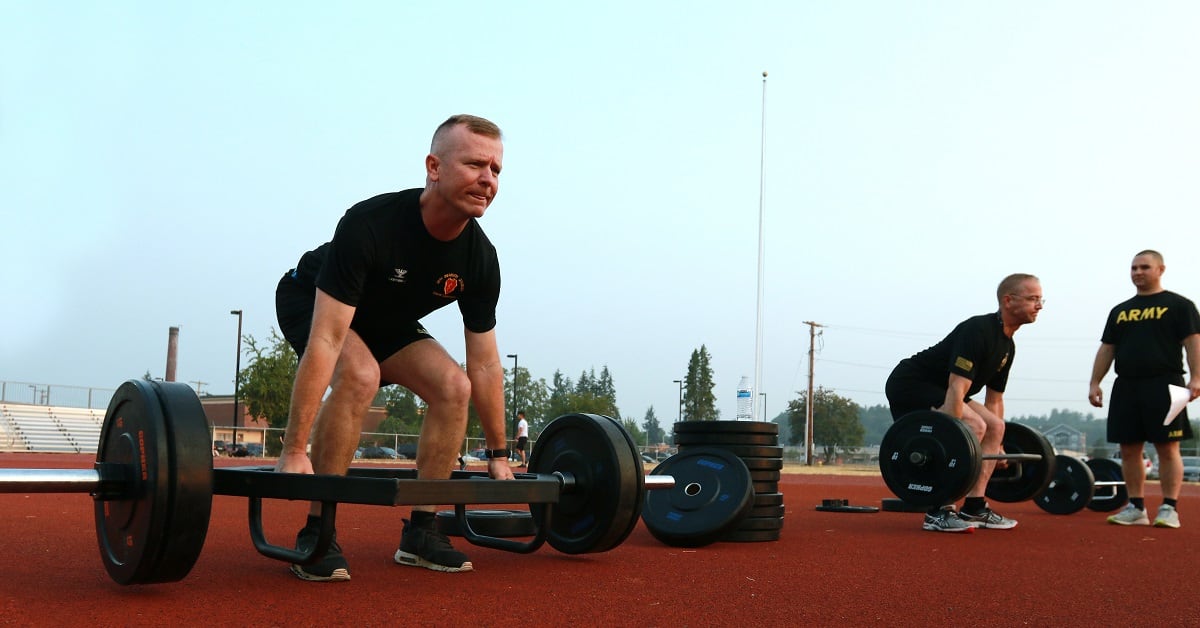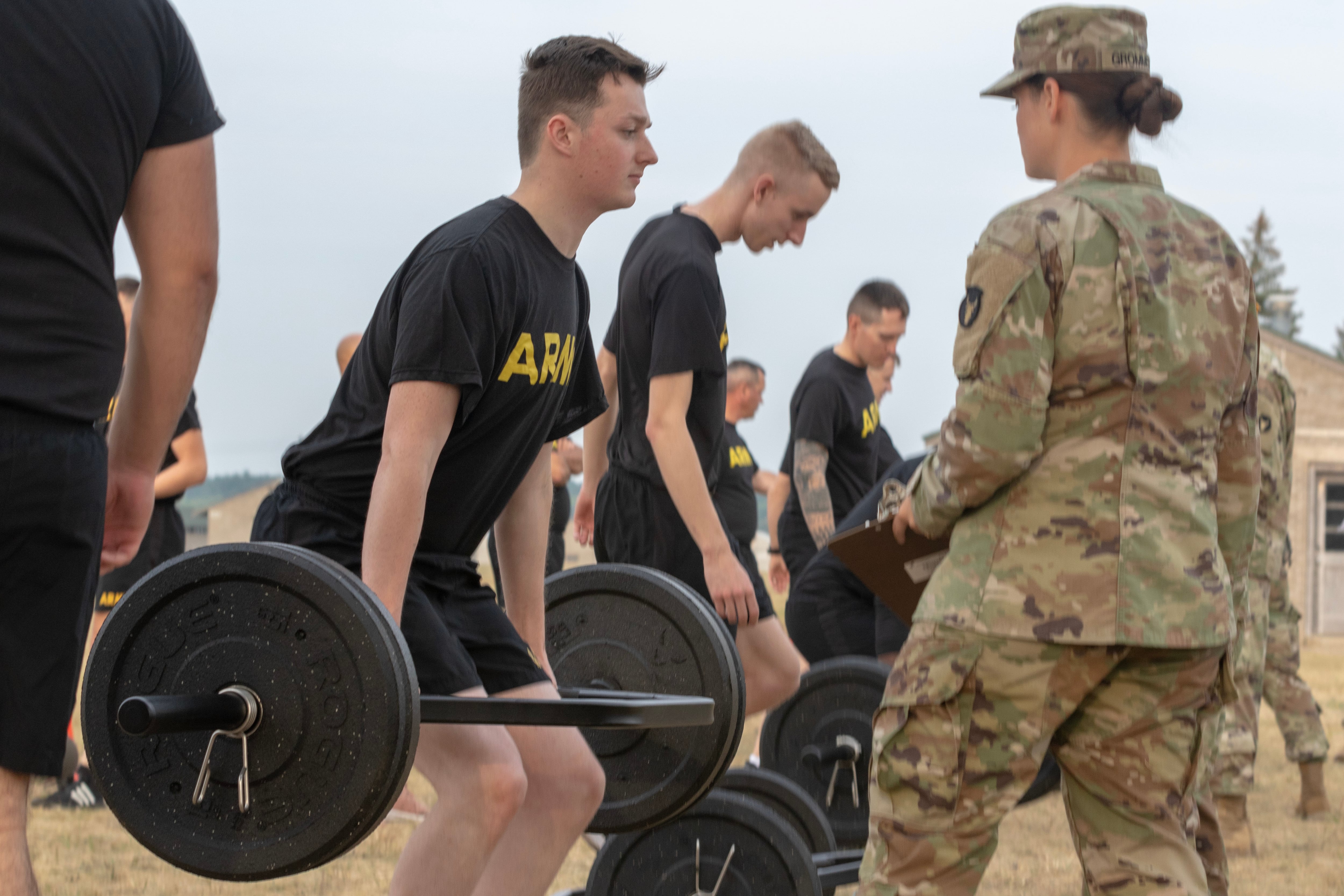FORT EUSTIS, Virginia — The Army is trying to overhaul how its soldiers approach mental, physical and spiritual health. But the Army National Guard and Army Reserve have some unique issues, as its soldiers are on average older, less physically fit and more geographically isolated than active duty troops.
RELATED

As many as 20,000 Guard soldiers serve in Texas, while other states have fewer than 1,000 total Guard and reserve members spread across 2,400 communities, said Maj. Gen. John Andonie, deputy director of the Guard. That means each state has a different range of troops to serve.
Holistic Health and Fitness, or H2F, was launched in 2020 to provide a structured way to improve overall soldier well-being. Experts, both civilian and military, advise troops at Soldier Performance Readiness Centers. And the active duty Army is consolidating those services at the brigade level.
But if you’re like Brig. Gen. Robert Krumm, deputy commanding general of the Army Reserve’s 81st Readiness Division, your command is spread across nine states.
“The brigade is not the centerpiece on how we can do H2F,” Krumm said.
The Reserve is in the midst of a two-year pilot study on how to best implement H2F.
The key issue is “scalability,” Andonie told an audience of more than 200 in-person attendees at the Army’s second annual H2F conference.

Solutions have to “scale” to fit units with a few dozen soldiers, all the way up to brigade-sized elements, sometimes spread over states as large as Texas. Both size and location are hurdles.
“This makes it imperative to partner with communities, academia and industry to find solutions,” Andonie said.
Various Guard units have linked up by state or region to share best practices across “regional resource networks,” Andonie said.
Time is another piece.
Guard and reserve troops have about 39 training days each year to hit all of the Army’s goals for individual soldiers and units. That’s not close enough to conduct all the physical training and education needed, Andonie said.
The Guard is building virtual training and advising sessions so that a Guardsman or reservist can access advising or counseling on whatever H2F area they might need when the time suits their schedule best. The Guard has also put together training teams to deploy to installations to help units.
Another challenge the reserve component faces is a force that is older, heavier and less fit.
The average reserve soldier does fewer pushups — 12 fewer for men and 11 fewer for women — than their active counterpart.
The reserve soldier also does fewer sit-ups and runs slower than active duty personnel, according to data gathered from past Army Physical Fitness Tests. On the 2-mile run, reservists are roughly one minute, six seconds slower for men and one minute, 42 seconds slower for women.
The Army Reserve, Krumm said, is focused on helping the soldiers they wish to retain. Many out-of-shape troops still have potential, but they face challenges. The goal is to help them meet Army health goals so they can stay in uniform.
Krumm said the reserve is building a three-day life and health skills summit for its soldiers, teaming unit members for partnered virtual workout sessions and coaching. This is one way to replicate the unit cohesion and positive peer pressure that active duty soldiers get at their larger units.
And Andonie admitted that when the Army Combat Fitness Test rolled out, the 51-year-old career soldier was “both fascinated and frightened.”
“I was one of those soldiers in the Army, all I did was train for the Army Physical Fitness Test,” he said.
The Army told him to do pushups, sit-ups and run. So, he did pushup and sit-ups and ran — and that was about it.
“The ACFT was more than a physical training event for me,” Andonie said. “It taught me about myself. It taught me what my capabilities were. It was a learning experience. In short, it was about optimizing my human performance.”
Todd South has written about crime, courts, government and the military for multiple publications since 2004 and was named a 2014 Pulitzer finalist for a co-written project on witness intimidation. Todd is a Marine veteran of the Iraq War.





